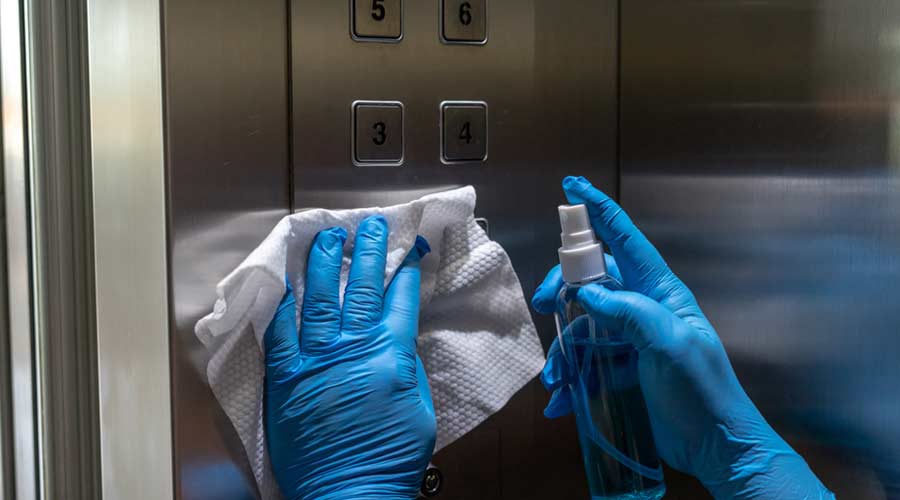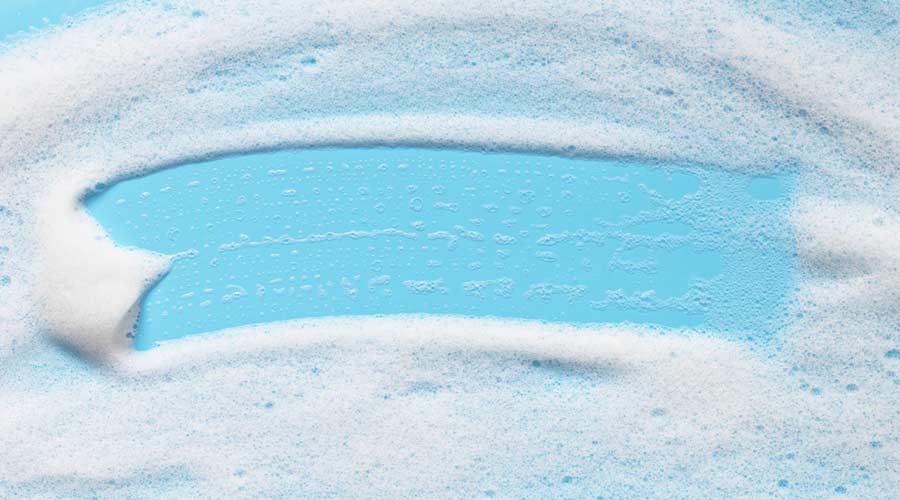
Facilities departments are stretched thin in many K-12 school districts and colleges. Teams are busy managing day-to-day needs while also experiencing staffing shortages and retention issues, all while trying to respond to demands around sustainability, safety, and health. In this kind of environment, investing time and resources into building out a strong set of Standard Operating Procedures (SOPs) may feel necessary to have a well-functioning department, but unrealistic given the competing demands.
However, well-developed SOPs can form the foundation for long-term success and consistency within facility departments, especially in those that are experiencing high staff turnover, shifting responsibilities, budget shortfalls, leadership changes, and ever-evolving expectations.
The Healthy Green Schools & Colleges Program places a strong emphasis on establishing and institutionalizing facility department practices through the creation of Standard Operating Procedures (SOP) documents. While program participants often cite challenges when it comes to finding the time to write down and standardize the work they do every day, they also recognize the deeper challenges that come from continuing to delay their development.
For example, when procedures live only in people’s heads, departments become dependent on specific individuals to keep things running. This dynamic creates an operational risk. If someone retires, gets promoted, or moves on, key knowledge may leave with them. SOPs can help prevent that by capturing essential processes in a clear and accessible format.
SOPs also help ensure work gets done the same way every time, regardless of who is on shift, creating shared expectations between facilities personnel and building staff and students. Giving teachers, students, and building admins a consistent experience in service quality builds trust and deepens those stakeholder relationships.
Developing SOPs also creates efficiencies when training new personnel, helping them get up to speed faster. When onboarding materials are complete, well organized, and easy to follow, training subsequently takes less time, creates fewer disruptions, and can allow new personnel to do more self-guided training. It also gives team leads and managers a consistent reference point for feedback addressing performance issues.
When circumstances rapidly change, SOPs can give teams a place to return to and adjust from. This makes the department more adaptable and better prepared to manage change. This is especially important when institutions are facing significant uncertainty, changes to and even wholesale elimination of longstanding priorities, and continued budget constraints and unfunded mandates.
One often overlooked benefit of SOP development is that it supports communication with senior leaders. When your department’s work is clearly documented and aligned with broader institutional goals, it’s easier to make the case for funding, staffing, or needed support. Many facility leaders are looking for ways to position their departments as strategic contributors to institutional success. Well-developed SOPs can help ensure these high-quality services are in fact delivered by the team.
SOPs can also provide an opportunity to connect the facility team’s work with the mission, values, and outcomes of the school or university. For example, if the institution has goals around sustainability or health, being able to point to specific procedures, such as green cleaning practices or indoor air quality maintenance tasks, helps show that the team is contributing in meaningful ways.
Getting Started with SOPs
Many facilities departments in the Healthy Green Schools & Colleges Program start small with SOP development and then build over time. A basic approach could include:
- List the areas the team is responsible for, like restrooms, classrooms, offices, hallways and corridors, and cafeterias.
- List the products and equipment necessary to maintain each area.
- Describe the recurring maintenance tasks for each area in the order they should be completed.
- Detail the preparation and completion tasks within each area.
- Note who should be contacted if issues arise and need to be deescalated.
In addition, the following tips can help make the SOP development process engaging and organized:
- Use a shared digital folder or platform to store documents and keep track of versions and updates so documents stay current.
- Develop a simple format or template for consistency.
- Involve the staff who know the work best to help shape the documents.
- Train staff on how to find and use SOPs that have been documented.
Investing time and resources into SOP development leads to smoother daily operations, stronger teams, better alignment with institutional goals, and a more resilient department overall.
When things go wrong or staff leave, there is something to fall back on. When things go right, there is a way to show why, and a way to repeat it.
SaraPorter serves as the Vice President of External Affairs for Healthy Schools Campaign and Director of Healthy Green Schools & Colleges, a program that helps K12 and higher education institutionsidentify and implement low- and no-cost measures that promote healthy environments.

 The Down and Dirty on Cleaning in Virus Season
The Down and Dirty on Cleaning in Virus Season How Surfactant Use is Expanding in Commercial Cleaning
How Surfactant Use is Expanding in Commercial Cleaning